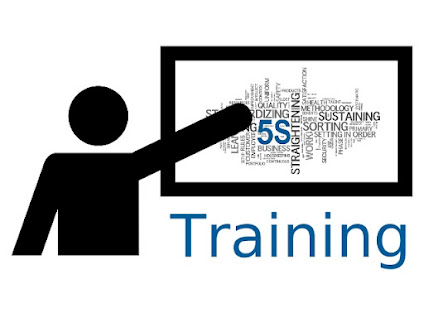Kaizen Mastery: Training Strategies for Continuous Improvement
In today's fast-paced and
ever-changing business world, continuous improvement is essential for
organizations to stay competitive and thrive. One of the most effective
approaches to continuous improvement is Kaizen, a Japanese term meaning
"change for the better" or "continuous improvement." Kaizen
is not just a one-time event, but a mindset and philosophy that focus on making
small, incremental changes to improve processes, systems, and products. To
fully embrace the Kaizen mindset and achieve mastery, organizations must invest
in Kaizen training for their employees. In this blog post, we will explore the
importance of Kaizen training and some strategies for
continuous improvement.
Why is
Kaizen Training Important?
Kaizen training is crucial for
organizations that want to achieve continuous improvement. It equips employees
with the necessary knowledge and skills to identify and eliminate waste,
streamline processes, and improve efficiency. Kaizen training also promotes a
culture of continuous improvement, where employees are encouraged to come up
with ideas for improvement and implement them. This not only leads to better
processes and products but also boosts employee morale and engagement.
Strategies
for Kaizen Training
1) Start
with the basics: Before diving into the more advanced concepts of Kaizen, it is essential to start with the
basics. Employees should first understand the principles of Kaizen, such as
continuous improvement, teamwork, and respect for people. This foundation will
help them grasp the more complex techniques and tools of Kaizen.
2) Hands-on
training:
Kaizen is a practical approach to continuous improvement, and therefore,
training should be hands-on. Employees should be given the opportunity to apply
the concepts they have learned in real-life scenarios. This could include
participating in Kaizen events, where they can work with their colleagues to
identify and implement improvements in processes or products.
Also Read: TPM Training
3) Use
visual aids: Kaizen training can be enhanced by using visual aids such as videos,
diagrams, and case studies. These aids help employees understand the concepts
better and visualize how they can be applied in their work.
4) Encourage collaboration: Kaizen is a team effort, and
therefore, training should also promote collaboration. Employees should be
encouraged to work together and share ideas for improvement. This not only
leads to better solutions but also fosters a culture of teamwork and continuous
improvement.




Comments
Post a Comment